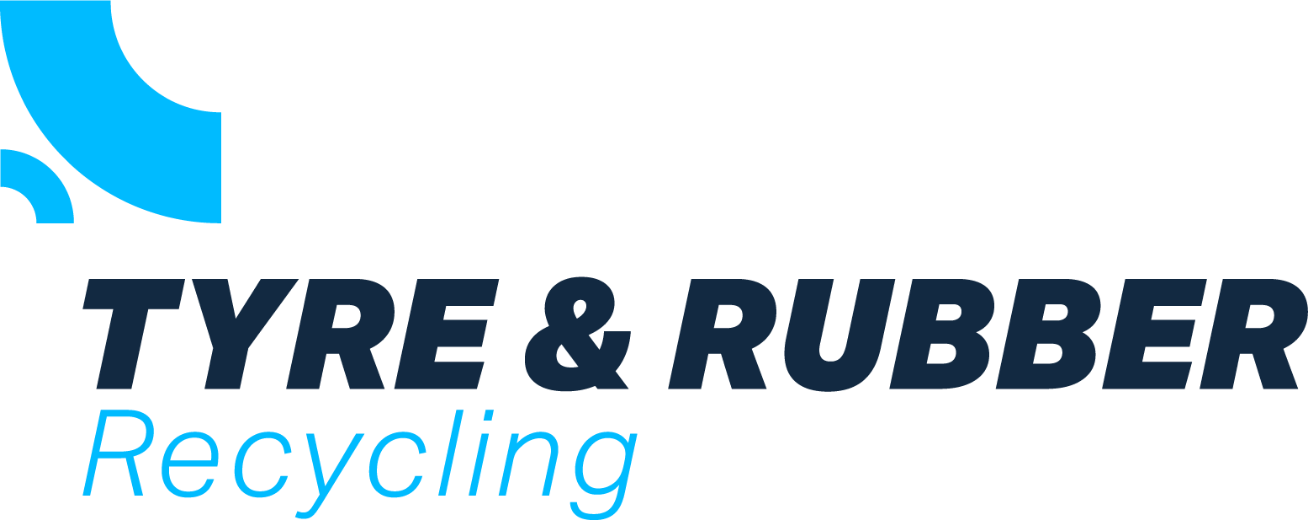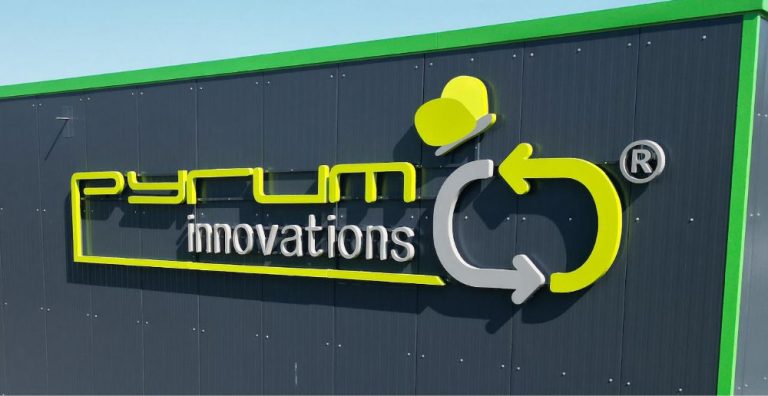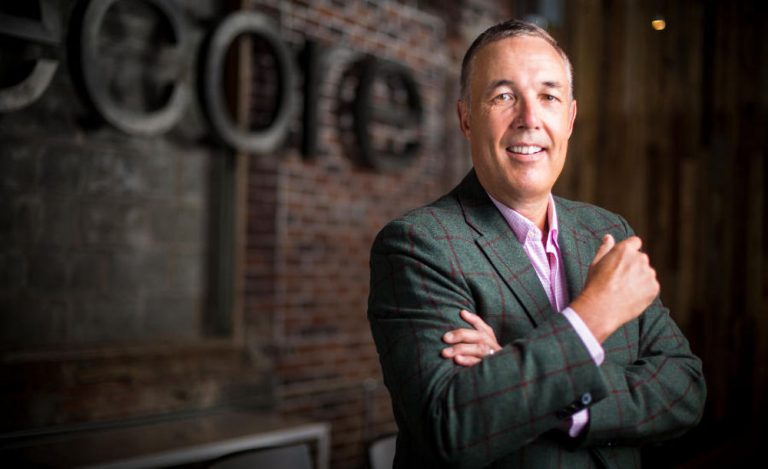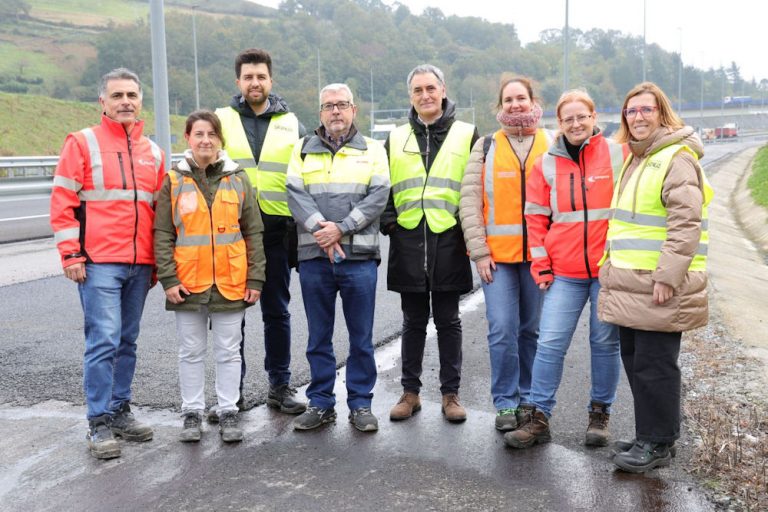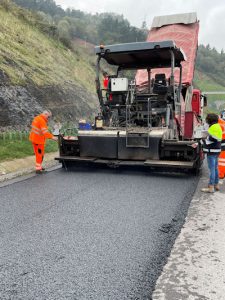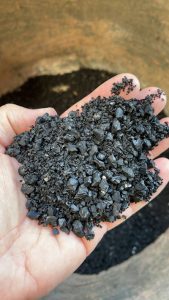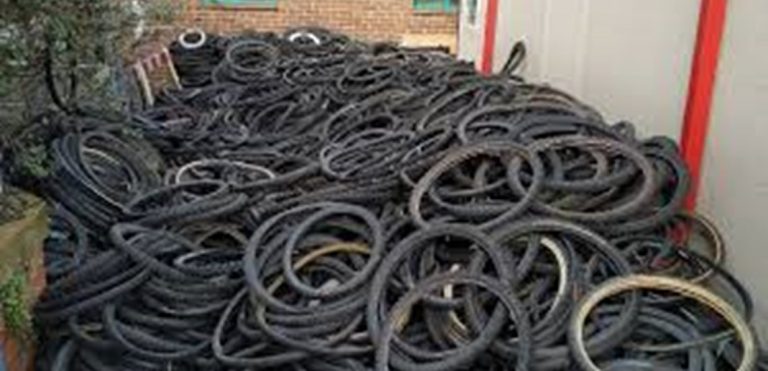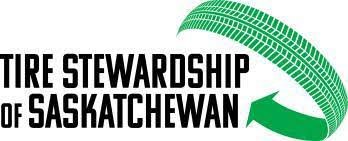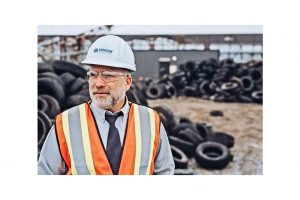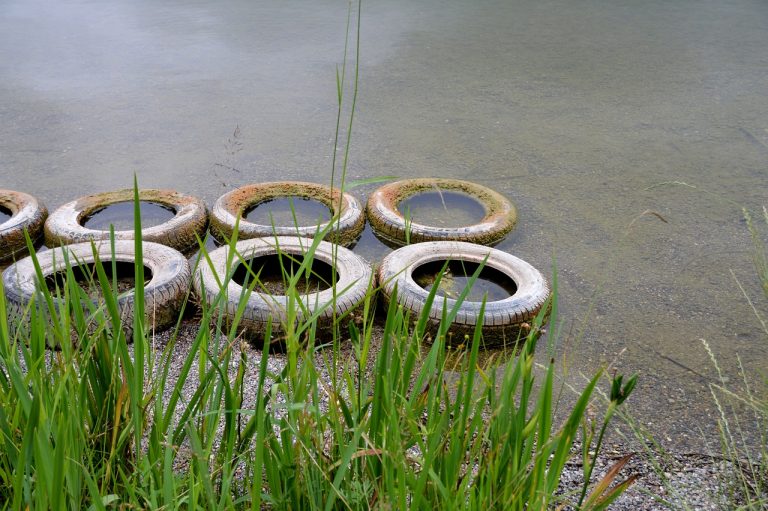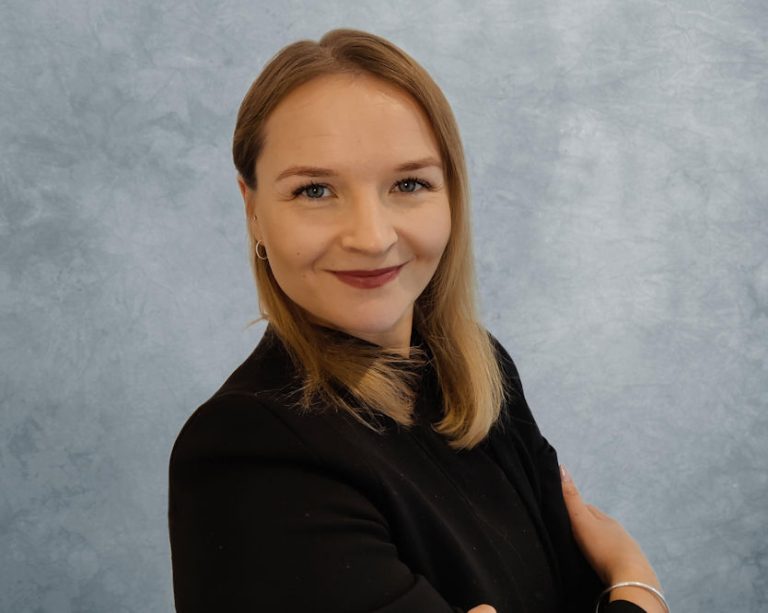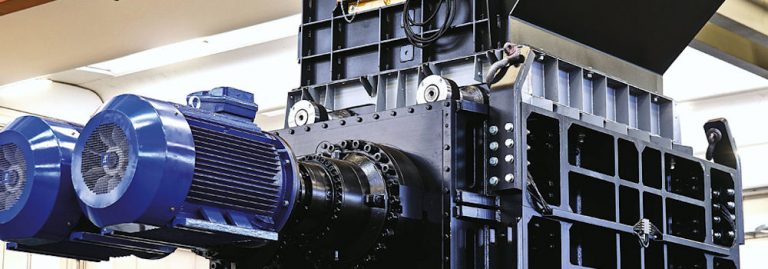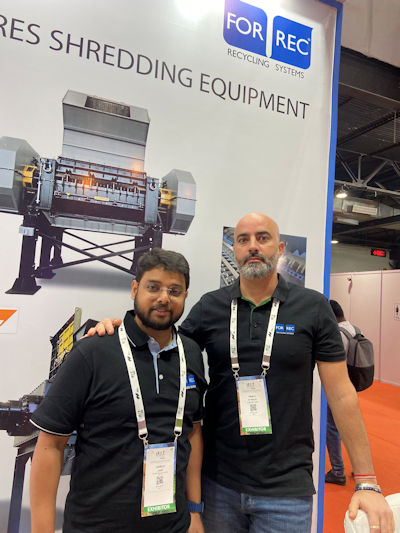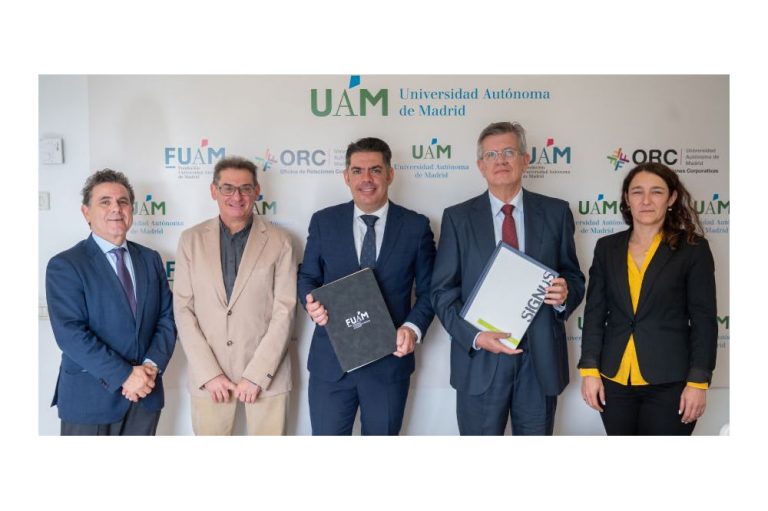Approval documents for BImSchG approval and early start of construction for Pyrum’s GreenFactory II GmbH submitted
Pyrum Innovations AG submitted the BImSchG (“Bundes-Immissionsschutzgesetz”) approval and approval documents for the early start of construction of Pyrum’s new plant “Green Factory II GmbH” at the new site in Perl-Besch last week.
Previously, there were slight delays due to technical optimisations at the existing site in Dillingen/Saar and the associated need for more extensive expert opinions. After the last technical information was received, the application for the construction of the second Pyrum plant was submitted on time. The ground-breaking ceremony at the new location is scheduled for spring 2025.
Meanwhile, another important milestone in the rollout plan has been reached at the Dillingen/Saar site. With almost 2,000 operating hours at TAD 2 and over 1,000 operating hours at TAD 3, further necessary basic requirements with regard to the final investment decisions of the partners, such as Remondis, have been met. Furthermore, the production intervals of the two new lines (TAD 2 and TAD 3) have been extended from the original four weeks to four and a half weeks. These adjustments will lead to a significant increase in the efficiency of the production processes and an increase in production output in the future.
Pascal Klein, CEO of Pyrum Innovations AG said; “Shortly before the turn of the year, we have made significant progress in our rollout plan. With the submission of the building permit for Pyrum GreenFactory II GmbH, we have overcome the last major obstacle before the groundbreaking ceremony in spring 2025 in Perl-Besch. In addition, the two new lines have reached a new threshold. The high number of operating hours not only meets the assumed requirements of our partners, but also continues to demonstrate the performance of our technology. We are very proud of this new milestone and are already looking forward to the development of upcoming customer projects.”



